How to Join Women Military Police in Indian Army?
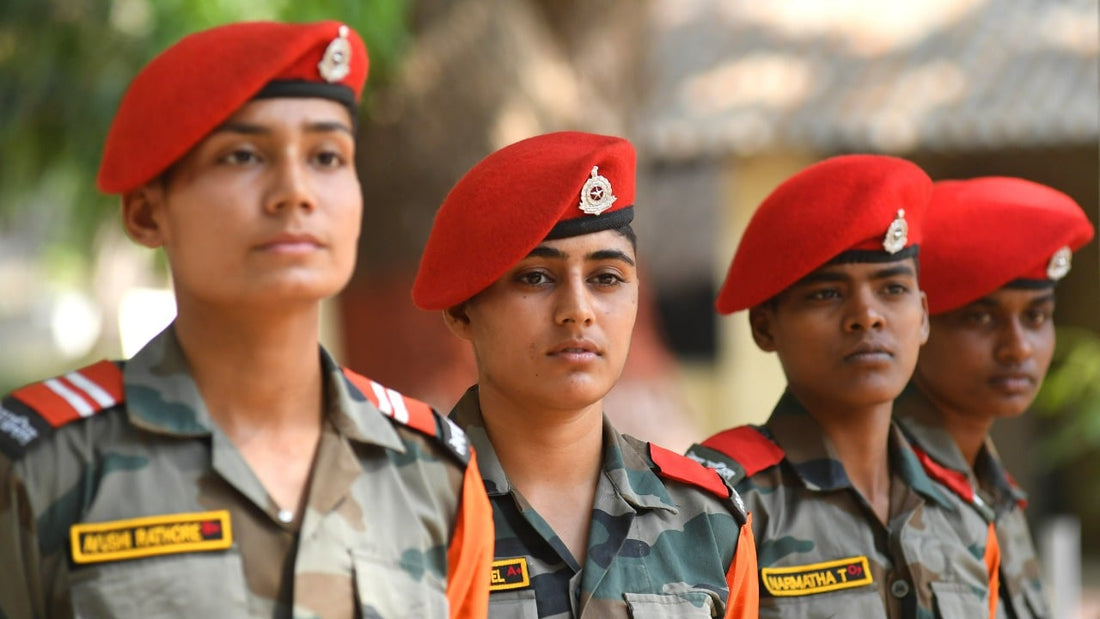
Joining the Women Military Police (WMP) in the Indian Army is a noble aspiration for many women eager to make a meaningful contribution to the nation's security. The WMP plays a pivotal role in maintaining discipline and law within the armed forces, focusing not only on physical security but also on professional integrity and order. As the Indian Defence establishment increasingly embraces gender diversity, the WMP has emerged as a vital component of military operations.
This article aims to provide a comprehensive guide on how to join the Women Military Police, detailing the eligibility criteria, application process, selection phases, and additional insights crucial for prospective candidates.
Historical Context
The Indian Army has a rich heritage, tracing its origins back to the pre-Independent era when women were rarely seen in military roles. However, the evolution of gender roles has gradually opened avenues for women in Defence services. The establishment of the Women Military Police occurred in 2019, marking a significant milestone toward gender inclusivity within the armed forces. With an initial recruitment of around 375 personnel, the WMP has asserted its value in both operational and administrative capacities. This shift signifies not only a broader acceptance of women in combat and operational roles but also a reflection of changing societal norms regarding women's capabilities in traditionally male-dominated fields.
Understanding the Role of Women Military Police
Before diving into the logistics of joining, it's essential to understand what being a part of the Women Military Police entails. The WMP's primary responsibilities include:
- Law Enforcement: Maintaining law and order within military establishments.
- Security Management: Providing security during various military events and ensuring the safety of personnel.
- Traffic Regulation: Managing traffic in military areas, contributing to efficient mobility.
- Crisis Management: Assisting in situations such as riots, conflicts, or other emergencies where discipline is paramount.
These duties require a unique blend of physical agility, mental resilience, and operational efficiency. The Women Military Police is not only about enforcing rules but also plays a crucial role in mentoring younger female recruits and promoting a culture of respect, discipline, and professionalism within the Indian Army.
Eligibility Criteria for Joining WMP
To embark on this career path, candidates must meet specific eligibility requirements:
Age Limit
- Candidates must be between 17 ½ to 21 years of age.
- For widows of Defence personnel who have died in harness, the upper age limit is relaxable up to 30 years.
Educational Qualification
- The minimum educational requirement is completion of Class 10th/Matriculation with at least 45% marks in aggregate from five basic subjects.
- Candidates must secure a minimum of 33% marks in each of the five subjects.
Height and Weight
The WMP does not have a specific height requirement as other roles do, but candidates must ensure their weight is proportionate according to BMI charts. This flexibility helps accommodate more candidates from diverse backgrounds.
Application Process
Joining the Women Military Police necessitates adherence to a structured application process. Here’s a breakdown:
Step 1: Online Registration
- Candidates should visit the official Indian Army recruitment website at www.joinindianarmy.nic.in.
- Create a profile and check eligibility based on the outlined parameters.
Step 2: Submission of Application
- After completing the profile, candidates can proceed to fill out and submit the online application form.
Step 3: Documentation
- Required documents include a passport-sized photograph and a signature, along with any educational and identification certificates.
Selection Process
The selection process for Women Military Police comprises two key phases:
Phase 1: Online Computer-Based Written Examination (CEE)
- Candidates will be issued admit cards for the written examination, which assesses general awareness, reasoning, and numerical ability.
- The performance in this examination plays a crucial role in determining eligibility for the next round.
Phase 2: Physical and Medical Testing
Once the CEE has been cleared, candidates will undergo:
- Documentation Check: Verification of submitted documents.
- Physical Fitness Test (PFT): A series of physical tests to evaluate stamina and fitness.
- Physical Measurement Test (PMT): Height and weight checks to ensure candidates meet the health criteria.
- Adaptability Test: Designed to assess a candidate's ability to adapt to an army environment.
- Medical Examination: A thorough health check-up to ensure candidates are fit for service.
These rigorous tests ensure only the candidates who meet the high standards required for service are selected.
Important Dates for Recruitment 2025-26
- Starting Date of Online Application: March
- Closing Date of Online Application: April
- Admit Card Release and Exam Dates: To be announced later.
It's crucial for applicants to stay updated with these timelines to ensure they do not miss any critical components of the application process.
Additional Information
Candidates interested in driver roles within the Women Military Police should note that having a valid Light Motor Vehicle (LMV) driving license will provide an added advantage. This preference underscores the importance of versatility within the military framework and emphasizes the multifaceted roles women are expected to undertake.
Challenges and Solutions
Challenges
Joining the WMP is not without its challenges. The selection process is highly competitive, and candidates often face:
- Intense Physical and Written Tests: The rigorous nature of the assessments may deter some potential applicants who feel intimidated by the standards required.
- Cultural Barriers: Societal perceptions about women in combat roles can create mental hurdles for aspiring candidates.
- Preparation Gaps: Lack of access to resources or guidance on how to prepare adequately can hinder candidates' chances of success.
Solutions
To combat these challenges, several strategies can be implemented:
- Training Camps and Workshops: Initiatives to provide preparatory training, focusing on both physical fitness and interview techniques, can better equip candidates.
- Mentorship Programs: Pairing aspiring recruits with successful female personnel already in the military can offer insights and encouragement.
- Inclusive Awareness Campaigns: To address societal stigma, campaigns focusing on women’s contributions within the military can reshape public perception and encourage more applicants.
Future Trends and Predictions
The emergence of trends within Defence services indicates a progressive shift towards inclusivity and modernization.
- Increased Roles for Women: As societal attitudes continue evolving, it's likely that more diverse roles will become available to women in the Indian Army, including operational postings.
- Enhanced Training Facilities: With the increasing number of women joining the ranks, training facilities tailored for female recruits will likely improve in quality and access.
- Focus on Mental Health: The Army is increasingly recognizing the importance of mental health training, preparing recruits for the psychological demands of military life.
Conclusion
Joining the Women Military Police is a formidable yet rewarding endeavor, offering women a chance to serve their country while breaking barriers and setting examples for future generations. The structured eligibility criteria, robust application and selection processes, and the roles available highlight the Indian Army's commitment to integrating women into its ranks. As aspiring candidates prepare to embark on this journey, they are not just pursuing careers but becoming pioneers in a transformative era of the Indian military.
In this context, I encourage all eligible women to empower themselves, leverage available resources, and consider joining the Women Military Police. This is not merely a career choice but a significant step toward redefining the role of women in national security. For more guidance and resource materials, candidates may consult SSBCrack and SSBCrackExams, where comprehensive resources such as books, online courses, and study materials are available to support their aspirations.



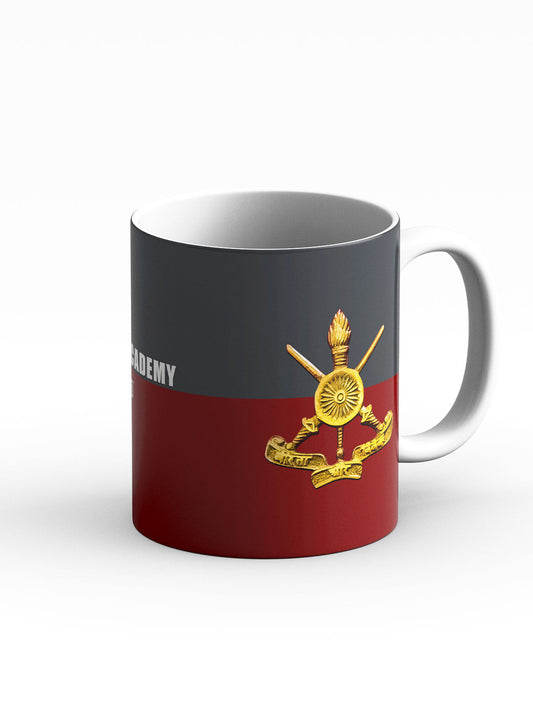
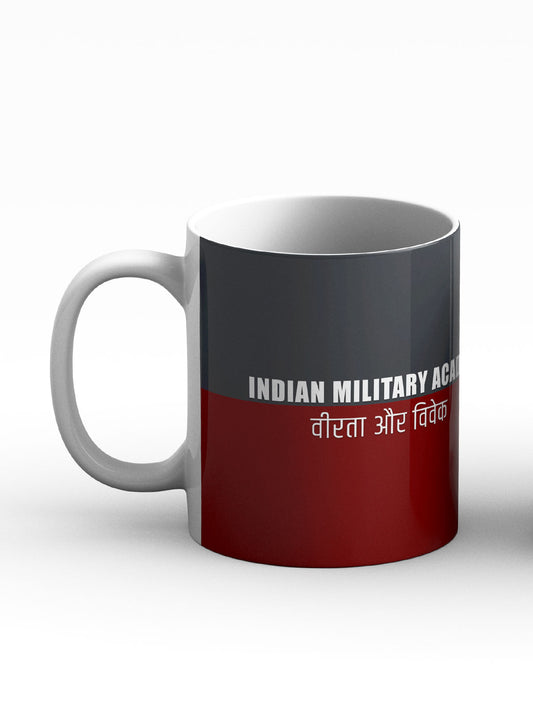
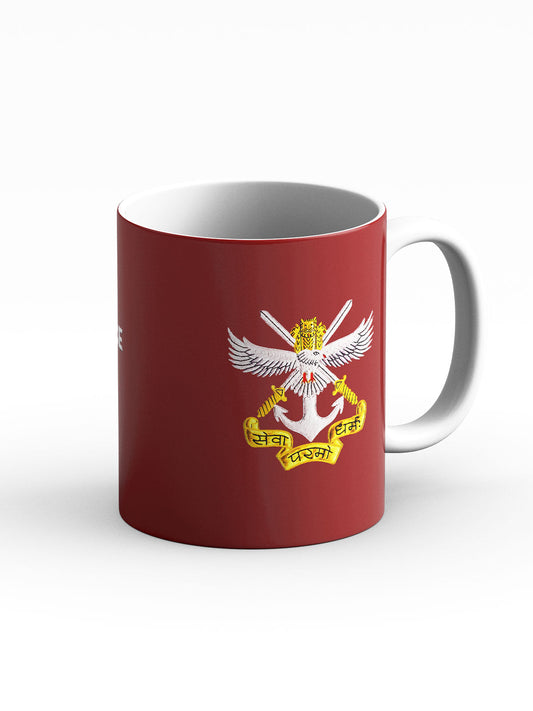
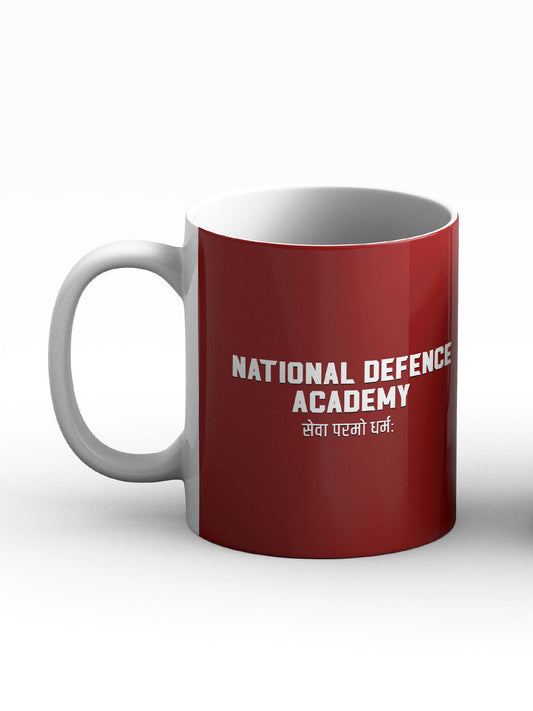
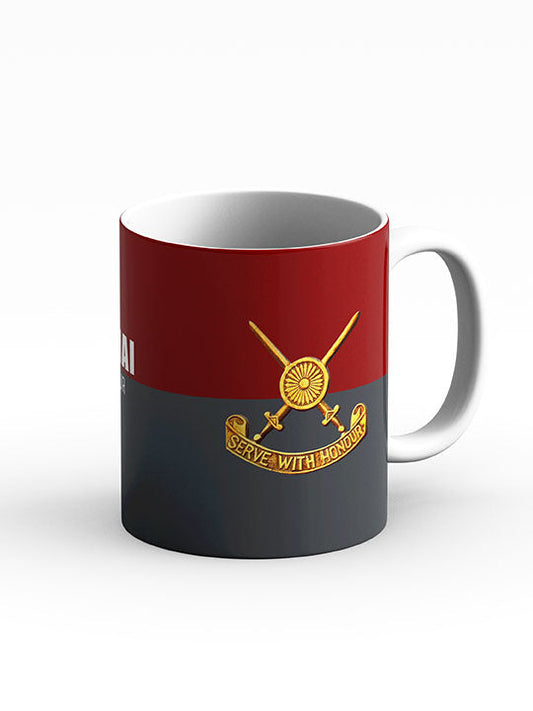
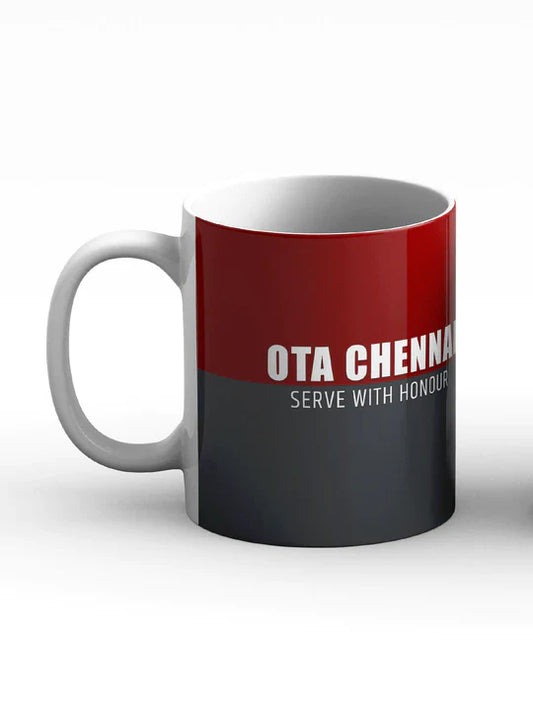
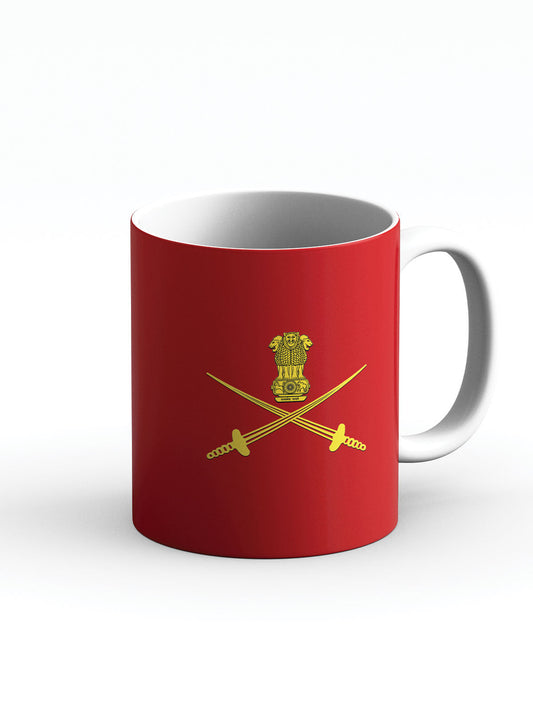


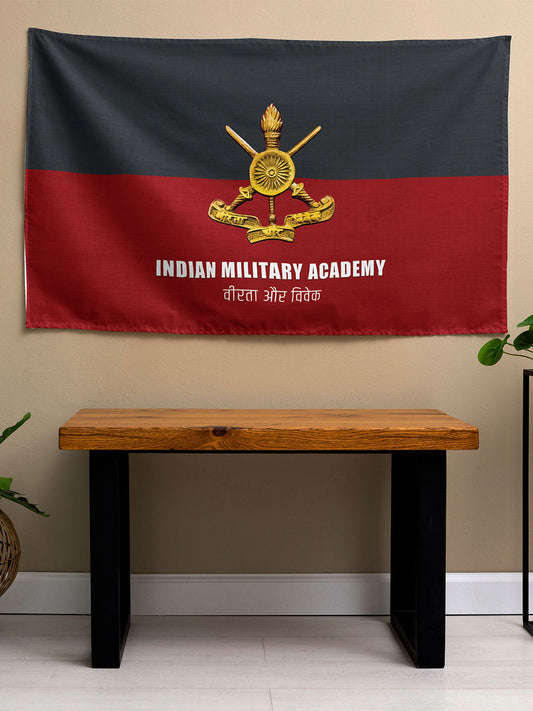

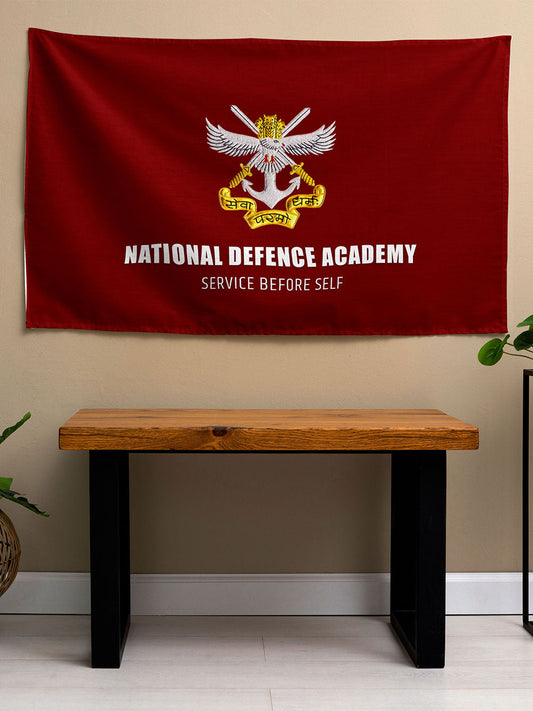
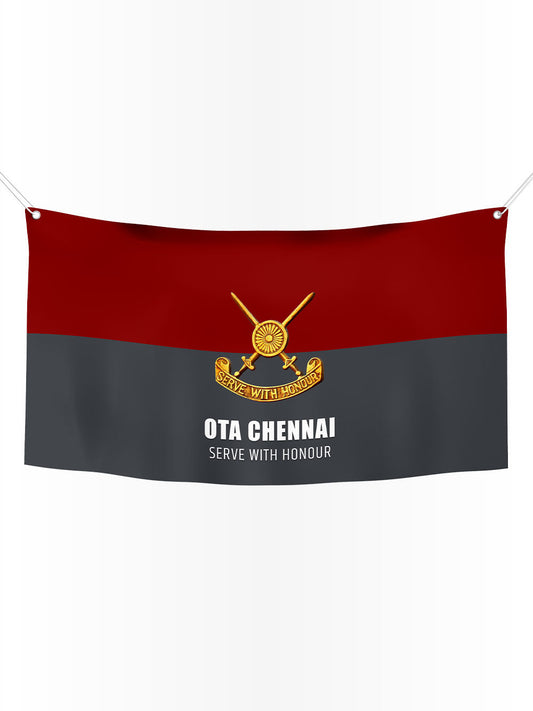
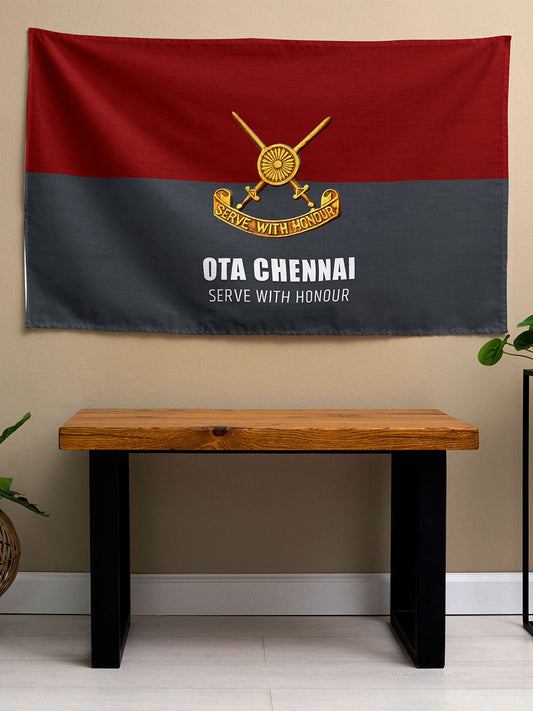
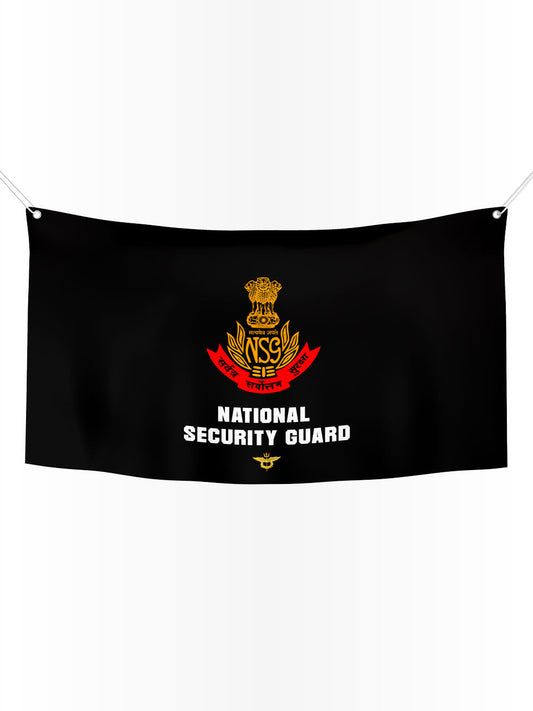


12 comments
How can I apply form for india army
army police
Kundan @12345
Kundan @12345
Uttar Pradesh